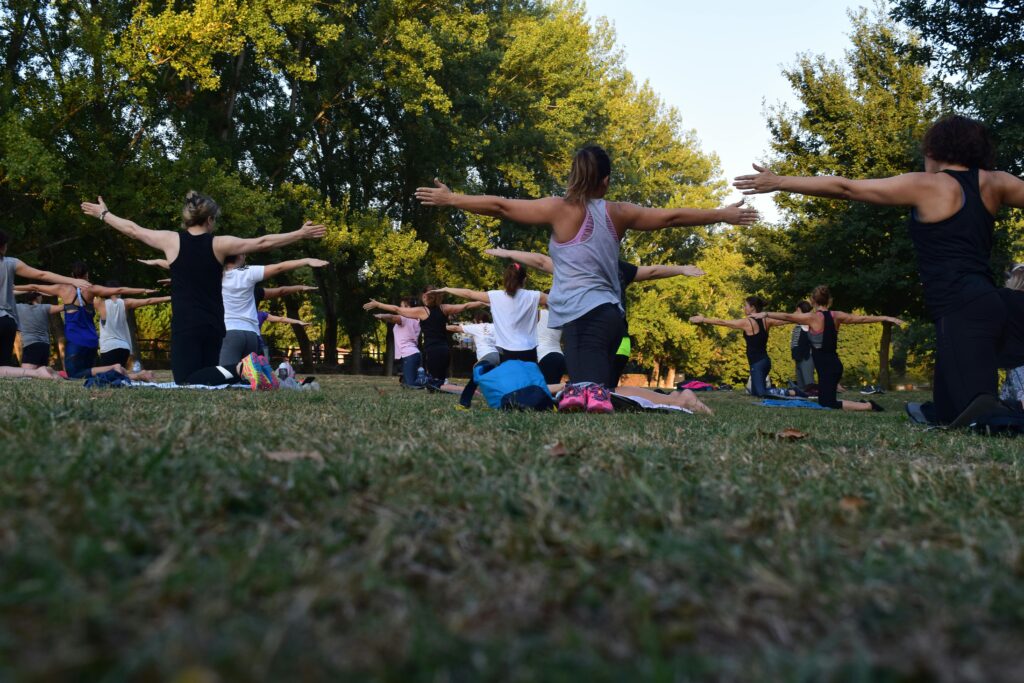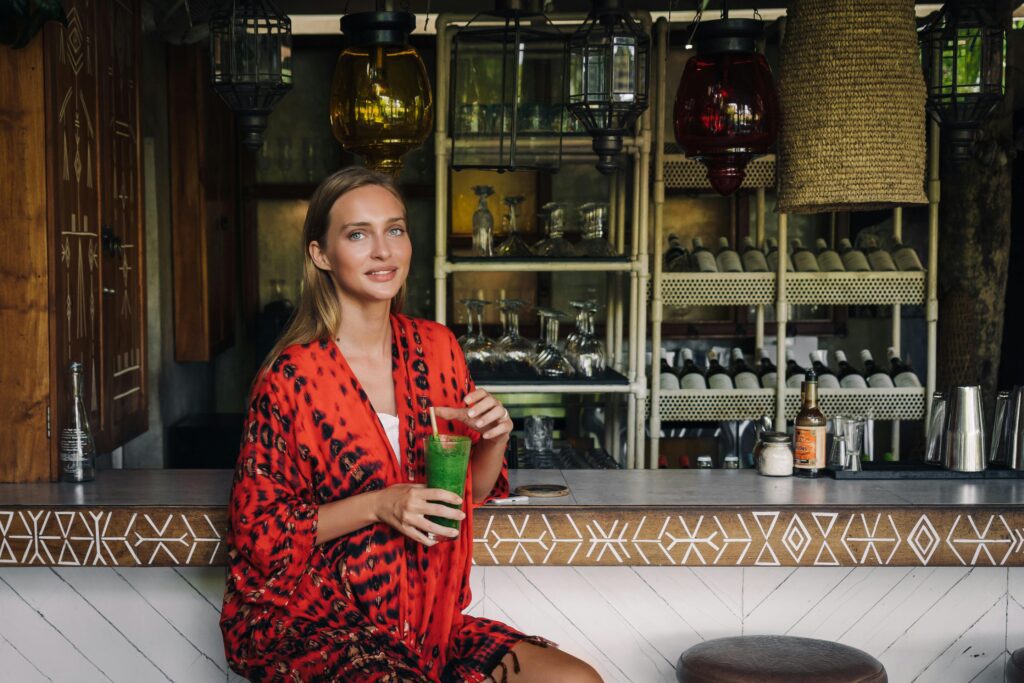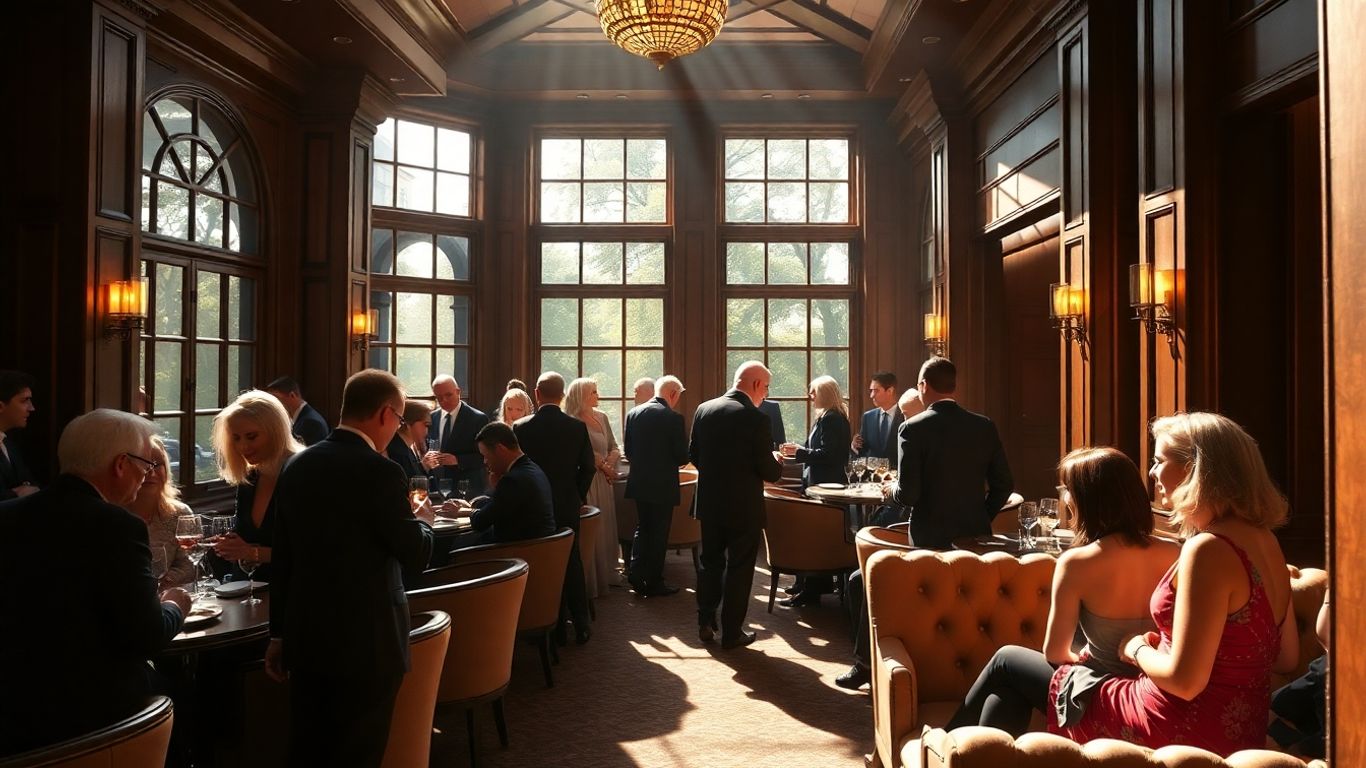Executive Summary
The wellness economy has exploded to $6.3 trillion in 2023 and is racing toward $9 trillion by 2028, creating an unprecedented opportunity for private social clubs. Simultaneously, member expectations for personalized experiences have reached a tipping point, with 76% of consumers frustrated when brands fail to deliver personalization and 71% expecting it as a basic standard.
This convergence presents a massive growth opportunity for clubs willing to embrace AI-powered personalization in their wellness programming. Forward-thinking clubs are using intelligent systems to create seamless member journeys that connect social experiences with individual wellness goals, from personalized dining recommendations to curated event invitations based on health interests.
The technology exists, the market demand is proven, and early adopters are already seeing remarkable results. The question isn’t whether to embrace this trend—it’s whether your club will lead the transformation or lose members to more innovative competitors.
Finding the Balance: Modern Technology and the Human Touch
Picture this: Your club members walk through the doors, and their favorite meditation class is already queued up on the schedule app, the spa has prepared their preferred aromatherapy blend, and the dining room knows exactly which plant-based options to highlight on tonight’s menu. It’s not magic—it’s the convergence of the wellness boom and smart personalization technology that’s transforming how private clubs create unforgettable member experiences.
We’re sitting on the edge of something massive. The global wellness economy reached $6.3 trillion in 2023 and is racing toward $9 trillion by 2028. This marks a fundamental shift in how people prioritize their health, happiness, and sense of community. And for private social clubs, it represents one of the biggest growth opportunities we’ve seen in decades.
But here’s the kicker: the same members driving this wellness revolution also have sky-high expectations for personalization. Research shows that 76% of consumers get frustrated when companies don’t deliver personalized experiences, and 71% now expect personalized interactions as a basic standard.
This is where AI steps in as your club’s secret weapon. The warm handshake and personal attention are still as essential as ever, but today’s consumer wants more. By amplifying human connections with technology that anticipates needs and streamlines experiences, you can create those “wow, they really know me” moments that keep members engaged for life.
The Perfect Storm: Wellness Demand Meets Personalization Expectations

Let’s talk about what’s driving this wave. The wellness industry is exploding across every demographic. McKinsey research reveals that 84% of US consumers say wellness is a “top” or “important” priority. Even more telling, consumers are treating wellness as recession-proof spending, prioritizing health and well-being investments over traditional discretionary purchases like clothing and entertainment.
Your members aren’t just looking for a place to work out or grab dinner anymore. They want comprehensive wellness experiences that address mental health, nutritional guidance, mindfulness practices, and social connection, all wrapped up in an environment that feels tailored specifically to them.
Here’s where it gets interesting for club owners: while 78% of travelers say they’re more likely to book accommodations that offer tailored experiences, only 23% report actually receiving a high level of personalization during their recent stays. That gap? That’s your opportunity.
How AI Is Revolutionizing Member Experiences
The clubs that are winning know that not all technology is valuable and worth their investment. They’ve done the research, tested the latest and greatest, and have found what works for them. Most land on artificial intelligence built into specific technology. They’re strategically using AI to create deeper, more meaningful connections with their members. Here’s how the smartest clubs are doing it:
Predictive Event Programming
Advanced clubs are using AI to analyze member behavior patterns and predict what programming will resonate. If Sarah attends every wine pairing and culinary class but skips the live music shows, the system can automatically send her invites to new guest chef events or suggest the upcoming winery tour. It’s like having a personal concierge who never forgets what your members love.
Dynamic Menu Personalization
AI-powered dining systems are revolutionizing the club restaurant experience. Based on dietary preferences, past orders, and even seasonal wellness goals, menus can be personalized in real-time. A member focused on heart health might see omega-3-rich options highlighted, while someone training for a marathon gets carb-focused suggestions automatically featured.
Seamless Wellness Journeys
Smart clubs are connecting social experiences with wellness goals in ways that feel natural and enriching. A member interested in stress management might receive invites to intimate fireside chat events or small-group book clubs focused on mindfulness, while someone looking to connect with nature gets an invite to join other members on an upcoming hike.
The Rise of Holistic Wellness Programming

McKinsey found that 30% of Gen Zers and millennials report they prioritize wellness “a lot more” compared with a year ago, perhaps due to burnout. The McKinsey Insights also found that the desire for in-person experiences is trending. Smart clubs are expanding far beyond traditional fitness offerings to create comprehensive wellness experiences. Here’s what’s working:
Mental Health Integration: Forward-thinking clubs are incorporating licensed therapists, stress management workshops, and dedicated quiet spaces for meditation or reflection. Mental wellness is growing at 11.6% annually, making it one of the fastest-growing wellness sectors.
Nutritional Counseling: Members want guidance, not just good food. Clubs are bringing in registered dietitians and functional nutritionists and offering personalized meal planning that connects to their dining operations.
Sleep Optimization: With sleep being a top wellness priority, progressive clubs are offering sleep hygiene workshops, creating dedicated relaxation spaces, and even partnering with sleep technology companies.
Social Wellness: Perhaps the most overlooked aspect, clubs are using AI to facilitate meaningful connections between members with similar interests or complementary professional backgrounds.
Technology Tools That Amplify Human Connection
The key to successful wellness personalization is to enhance personal interactions. Here are the technologies that are making the biggest impact:
Intelligent Member Profiles
AI systems create comprehensive member profiles that go beyond basic demographics. They track wellness goals, participation patterns, preferences, and even sentiment from feedback surveys. This allows staff to have more meaningful, informed conversations with members.
Automated Wellness Check-Ins
Smart clubs use automated systems to check in with members who haven’t been seen in a while, sending personalized messages based on their usual activities. But here’s the crucial part: these messages often lead to human follow-ups from staff members who can provide genuine care and attention.
Real-Time Experience Optimization
Advanced systems can adjust everything from lighting and music in yoga classes to restaurant seating arrangements based on member preferences and wellness goals. The technology works behind the scenes while humans deliver the elevated experience.
ROI That Makes Financial Sense
Let’s get practical about the numbers, because at the end of the day, these investments need to pay off. Clubs that have implemented comprehensive wellness personalization are seeing remarkable results:
Retention Improvement: Personalization can reduce customer acquisition costs by up to 50% while increasing retention rates. Members who feel truly known and valued are far less likely to consider leaving.
Revenue Growth: Companies with faster growth rates derive 40% more revenue from personalization than slower-growing competitors. For clubs, this translates to higher spending on dining, additional services, and premium programming.
Premium Pricing Power: When members receive truly personalized wellness experiences, they’re willing to pay more. Research shows that 80% of consumers will spend 38% more with brands that provide personalized experiences.
Operational Efficiency: AI-powered systems reduce administrative burden on staff, allowing them to focus on high-touch member interactions that build loyalty and satisfaction.
Getting Started: Your Personalized Wellness Roadmap

Ready to tap into this opportunity to deliver highly personal, highly personalized experiences to your members? Here’s how to begin:
Start with Data Collection: Begin tracking member wellness interests, participation patterns, and preferences. Even simple surveys can provide valuable insights for personalization.
Choose One Wellness Vertical: Don’t try to revolutionize everything at once. Pick one area, maybe nutrition or mental wellness, and create a truly personalized experience there first.
Invest in the Right Technology: Look for platforms that integrate wellness programming with member management systems. The goal is connected experiences, not siloed tools.
Train Your Team: Your staff needs to understand how to use personalization technology to enhance their interactions with members, not replace them.
Measure and Iterate: Track engagement, satisfaction, and retention metrics to understand what’s working and what needs adjustment.
Frequently Asked Questions
Q: How much does it cost to implement AI-powered wellness personalization?
A: Implementation costs vary widely based on your club’s size and existing technology infrastructure. Many clubs start with simple member preference tracking and automated communication tools (often under $10,000 annually), then scale up as they see results. The key is starting small and building incrementally rather than attempting a complete overhaul.
Q: How do we address member privacy concerns with all this data collection?
A: Transparency is key. Be upfront about what data you collect, how you use it, and the benefits members receive. Give members control over their data and the ability to opt out. Most members are comfortable sharing information when they see clear value in return, like receiving relevant event invitations or personalized dining recommendations.
Q: What’s the typical ROI timeline for wellness personalization investments?
A: Most clubs see initial improvements in member engagement within 3-6 months, with measurable impacts on retention and spending appearing within 12-18 months. The key metrics to track are member engagement rates, event attendance, dining frequency, and renewal rates.
Q: Do we need to hire technical staff to manage these systems?
A: Not necessarily. Many modern platforms are designed for hospitality professionals, not IT experts. However, having one staff member become your “tech champion” to manage the system and train others is highly recommended. Many vendors also provide ongoing support and training.
Q: How do we choose the right technology platform?
A: Look for systems that integrate with your existing member management software and can grow with your club. Prioritize platforms specifically designed for hospitality and clubs rather than generic CRM systems. Request demos, talk to other clubs using the technology, and start with a pilot program before committing long-term.
The Future Is Personal (and Profitable)

The wellness wave isn’t slowing down—it’s accelerating. With the market expected to grow 7.3% annually through 2028, clubs that position themselves at the intersection of wellness and personalization will capture disproportionate growth.
Perhaps more importantly, they’ll create the kind of member experiences that transform casual participants into passionate advocates. When members feel like your club truly understands their wellness journey and supports their goals in personalized ways, they become ambassadors who attract like-minded individuals to your community.
The technology exists. The market demand is proven. The only question is whether your club will lead this transformation or watch from the sidelines as more innovative competitors capture the members and revenue that could be yours.
The $7 trillion wellness wave is here. The members who want personalized experiences are waiting. The technology to deliver both is available now. What’s your club going to do about it?
Ready to join the conversation with other forward-thinking club leaders who are navigating these exciting opportunities? Join the Club Intelligence community to connect with club owners and managers who are sharing strategies, insights, and real-world results as they transform their operations for the modern era.


